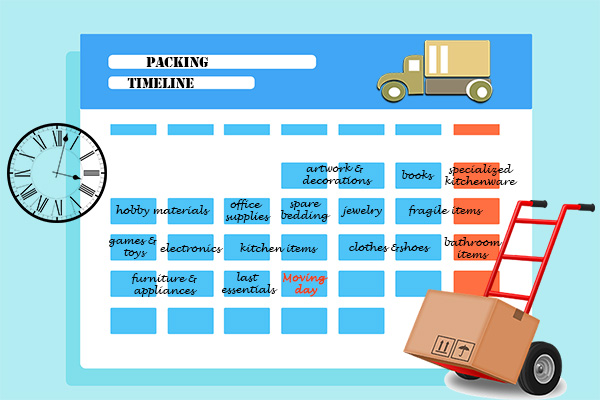Why is it Important For Any Business to Shift from Traditional to Virtual Numbers
Virtual phone systems are easy to understand if you think of them as a traditional office phone system, with all the features but without the equipment. Despite the fact that virtual phone systems have been around for a while now, many people still have some trepidation about them because they do not fully comprehend what they are.
Listed below are a variety of features found in any professional phone system, as well as how they differ between traditional and virtual systems.
Multiple Live Call Management:
Traditional System
It is necessary to have a local PBX system to support multiple lines, or else each line requires a phone. The sites are connected by hard lines and linked together by an on-site network, usually installed and maintained by an outside contractor.
Virtual System
Most virtual phone service providers do not offer the “call stacking” feature offered by Knowlarity. With a cloud-hosted PBX, your business can have multiple lines without the use of any hardware, so multiple live calls can be stacked on hold until users can answer.
Private branch exchanges (PBXs) are a private network of phone lines that are localized to a particular business or location. Multiple lines are created for users at a location or business, which branch off from one or more main lines provided by the phone company.
Live Call Transfer:
Traditional System
Using the transfer function of the user’s desk phone or other hardware, live calls are transferred to other extensions.
Virtual System
In much the same way as an office phone system, live calls are transferred using a special code that can be entered on any telephone–a landline, a cell phone, etc. If you wish to transfer a call to another extension, you can use an attended or blind transfer.
Extensions:
Traditional System
By assigning a local PBX line to each employee at a business, you can create extensions for them. In most cases, an extension is associated with a 3 or 4-digit number that is used for call routing.
Virtual System
Adding extensions and assigning them to individuals or departments is similar to a traditional system. However, unlike traditional systems, Knowlarity allows you to add an unlimited number of 3- or 4-digit extensions to your account since it is not restricted by a finite number of lines within the PBX.
Auto Attendant (Call Menu):
Traditional System
An auto attendant, also known as a “phone tree,” can be added to a phone system for an office, usually upon request from the service provider. Using this automated feature, callers select from a list of options and then press the extension or department they wish to reach.
Virtual System
With a virtual system, you are not always able to add an auto attendant. However, it can be easily added to the Knowlarity phone system, providing you with ten options on your Call Menu. It is possible to set up the Call Menu in a short period of time to give your business a more professional image, or it can be disabled to forward calls directly to your phones.
System Setup:
Traditional System
It has always been challenging for businesses to set up traditional phone systems, which is why the contractor who installs it usually needs to handle the setup. An enormous amount of wiring and hardware is required, which can be time-consuming and expensive.
Virtual System
It is usually possible to set up a virtual phone system in under an hour for most setups, and sometimes in minutes, depending on the needs of the company. All settings for the system can be adjusted by the user via an online dashboard. Knowlarity users are always able to contact a representative for assistance with setup.
Voicemail:
Traditional System
Standard office phone systems come with business voice messaging systems, which provide individual or departmental mailboxes.
Virtual System
Some virtual phone service providers include some form of voicemail with your account, depending on what service you use. Knowlarity users have access to professional-grade voicemail, and they can add as many voice mailboxes as they like at any time.
Many businesses find that they prefer to use a traditional on-site network with physical hardware that has been the standard for decades over a virtual phone system. While it’s understandable that a small business may choose to stick with what’s familiar, using a virtual phone system can greatly streamline and simplify the way calls are handled. It can’t hurt to try out the virtual option and see if it works for you.






